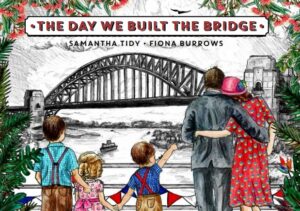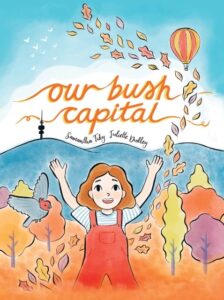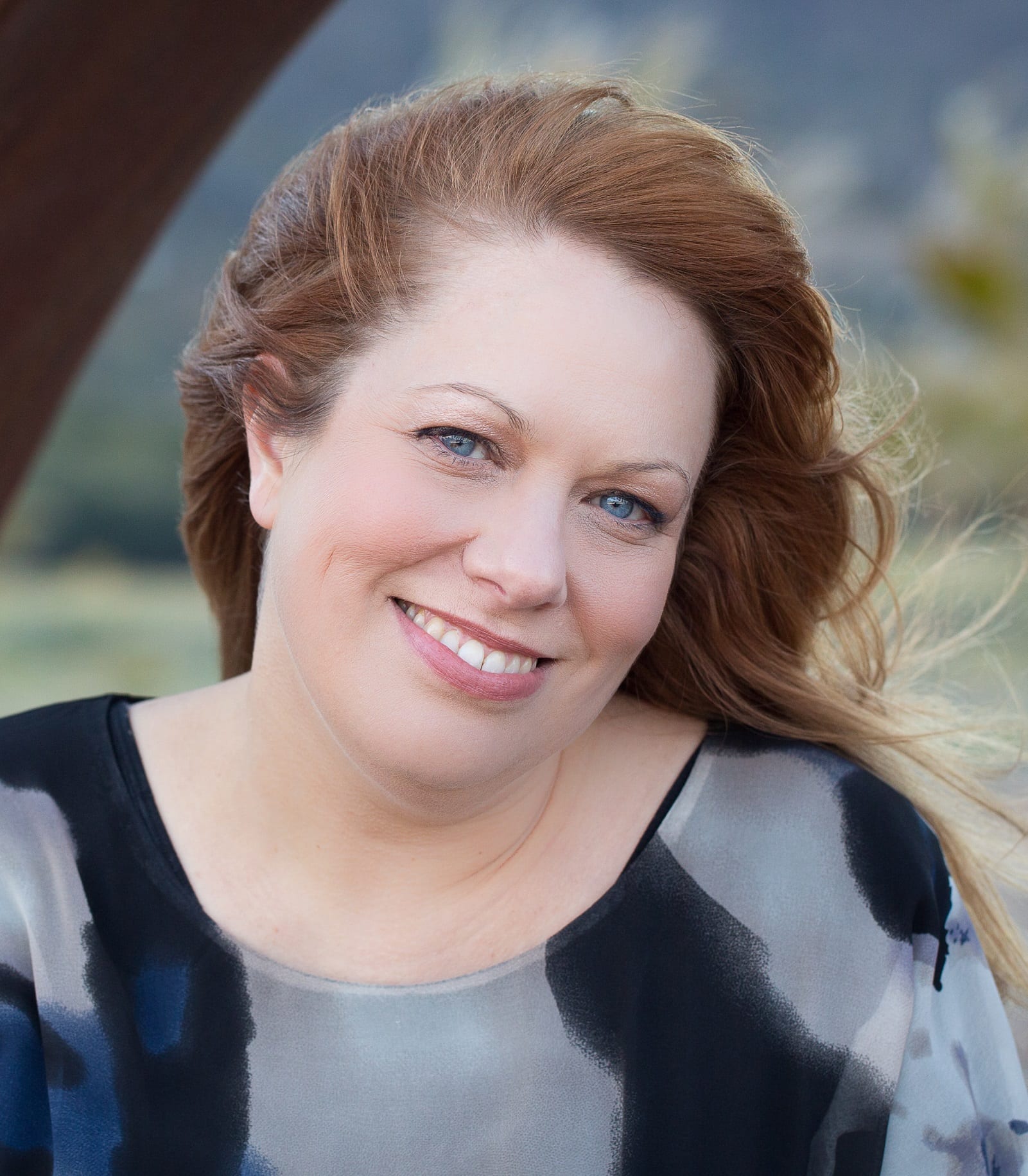The first time I met Samantha Tidy was at the ‘self-publishing’ course she was running at the ACT Writers Centre. I bought a copy of The Happiness Jar which has turned out to be one of my all-time favourite novels (and not just because of the stunning cover). Samantha writes for a range of ages, from picture books to adult novels, but her common thread or the aspect that makes all her works ‘uniquely Samantha Tidy’ is her considered approach to cultivating connection through her writing. It is the connection to a place, a time, a person or an event that inspires Samantha and makes her stories so real, relatable and engaging.
Samantha’s responses to our five questions have something for everyone. Take the time to read them, and learn and be inspired by the very things that inspire this local author.

Where do you find inspiration for your books?
Our own real and complex life is the best place to find inspiration and ideas! Writing needs to be authentic. For The Happiness Jar (age 15 and up), I drew on my own coastal childhood and my time living in an Aboriginal community in the Kimberley. My adult writing has often been a way to cope with the issues I come across. That novel explores the inequality faced by Indigenous Australians, as well as the inability of religion to capture the truth of our existence. For my kids’ books, I am inspired by making history accessible for young people in a way that cultivates connection with their sense of place. My two latest children’s books are about this – icons of identity (Sydney Harbour Bridge) and the uniqueness of our ‘HOME’, which for me is Canberra.
Do you have any tips for children who might be struggling with the blank page?
As a prior English Teacher, and having studied Creative Writing for a very long time, I give this advice: write what you know and what you want to write about.
What you write is your own. It is awesome. Your writing will get better.
Can I read what you wrote?
You don’t have to show me or anyone.
You can write about things that make you feel happy. Or to make yourself feel better about the things that make you sad.
You can write to remember something in case you forget.
If there’s something you can’t say out loud, you can write a story about it.
Writing is yours and always yours.
Practise it, and it will help you hear the whispers of your soul and decipher the secrets of the universe.
Writing is always about the journey and not the product.
Enjoy the process.
Sharp pencils are best.
Which of your books is your absolute favourite? Why?
Oh so hard! I might pick a favourite novel and a favourite kids’ picture book.
The Happiness Jar is my favourite novel because it’s the gift that just keeps giving. I get emails and hugs and teary people at book events who thank me for writing ‘their’ story. I love that.
Our Bush Capital is my favourite picture book because the love Canberra has given me for that book has been so golden, gracious and heartwarming. Kids send me recordings of themselves reading it, and letters in perfect handwriting. Parents tell me it helped them fall back in love with Canberra. It’s all about cultivating connection.
It confirms this for me:
The purpose of life is to work out what your gift is, and then give it away.
~ Samantha Tidy ~
Which of your characters is your favourite? Why?
I think Brian Hudson, from The Happiness Jar.
He’s a broken man who long ago lost his dignity and self-respect and has no idea how to find it again. It’s his daughter who spins the wheel of fortune to get it back again and it’s his son who restores it. They find respect for him as a man with very real and raw experiences, so common to an era of men in Australian history – those who went to Vietnam.
Despite the fact Brian is a ‘sly grogger’ in an Aboriginal community, who smokes too much and lives in a derelict caravan surrounded by his beer cans, you can’t help but like him. You want him to resurrect himself. Brian is the epitome of our darkest selves, and readers must accept him, lest they deny themselves their own darkness. He is complex, but so simple a character.
When you think about children reading your books, how does this make you feel? What do you want their ‘take-aways’ to be?

With The Day We Built the Bridge, I want them to read it very slowly with an adult. I want them to drink in the pictures, so cleverly drawn by Fiona Burrows. They tell the whole story, whereas my words only allude to it. It’s a visual narrative book – you must read the picture first, and just hear ‘my voice’ in the background. I then want to them to hit up TROVE, or any museum or library collection, and find photos and primary sources from the era.

With Our Bush Capital, I want them to wriggle. I want them to call out ‘I’ve been there!’ Everyone needs to sing out to the world how happy they are to live in Canberra. I want readers to see themselves as the main character, and also their friends. The book is designed for cultivating connection. Children need to know they are connected to each other by the most brilliant childhood memories they can muster. I want them to consider the places they haven’t yet visited in Canberra and beg their parents to go there this weekend.
If Samantha Tidy doesn’t inspire you all to pick up your sharp pencils and write, then I don’t know who can. To experience more of Samantha’s passion for cultivating connection, head to her website where you’ll find more of her books and details on how to book her in for a school visit.
C.S. Lewis said, ‘You can make anything by writing.’ However, simply giving a child a blank piece of paper and asking them to write a story is not going to achieve this goal. If you want to find out more about how to motivate your students and inspire a love of writing that blossoms from within, contact Kellie to see what sort of programs she can offer your school.
